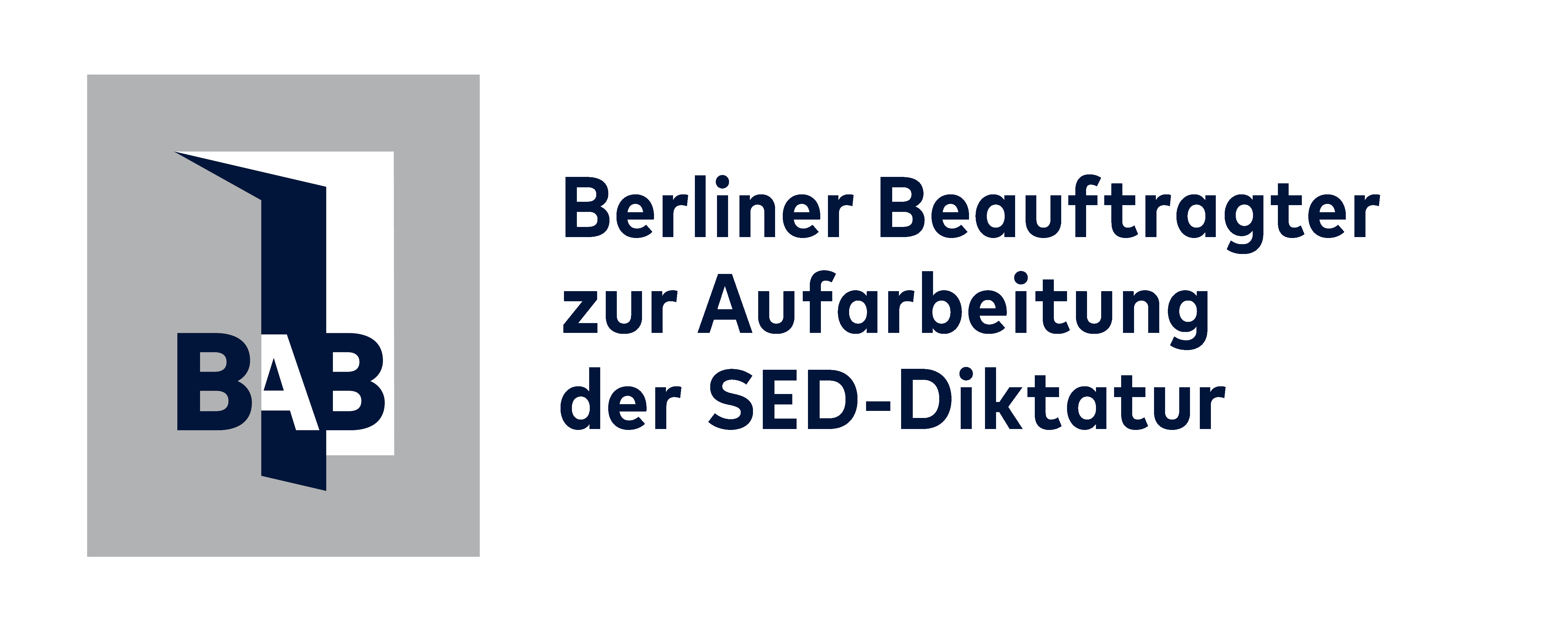Underground Escape to Freedom with Eyewitness Eveline Rudolph
Since the SED regime erected the Berlin Wall in August 1961, there were repeated attempts to tunnel under the deadly barriers — either through the city’s sewer systems or via hand-dug tunnels — in order to reach freedom. The first tunnel project “ran” in October 1961, and the last failed in 1982. In total, there were more than 70 actual tunnel escape attempts, of which only 19 were successful. There were spectacular successes, betrayals, and bitter failures.
In this tour, we not only tell the stories of these escape tunnels, but also explore the phenomenon of Berlin’s “ghost stations” and the measures taken to seal off the sewer system against underground escape attempts.
After an introduction to the topic in our exhibition rooms in the Blochplatz civil defense shelter, the tour continues by subway to Bernauer Straße — a hotspot of Wall construction and a key area for tunnel escapes. Over a distance of just 350 meters, the border installations here were tunneled seven times. Near these authentic historical sites, the tour goes underground once more.
In the historic vaults of the former Oswald Berliner Brewery, we use full-scale tunnel reconstructions to tell the stories of both betrayed and failed tunnel projects, as well as the two most successful and spectacular escape tunnels from the time of the Berlin Wall: "Tunnel 29" and "Tunnel 57." As a highlight, we show an original escape tunnel from 1970/71 — eight meters below the surface — the only authentic escape tunnel that can still be visited today.
At the end of the tour, Eveline Rudolph will share her story of escaping through the famous “Tunnel 29,” through which she, at the age of 21, fled to freedom on September 14, 1962, together with her then-husband Horst Schmidt, their one-year-old daughter Annett, and 26 other people. The tunnel — approximately 130 meters long — was planned and built under the direction of escape helper Hasso Herschel and Eveline Rudolph’s later husband, Joachim Rudolph. It led from the cellar of Bernauer Straße 78 (West Berlin) to the cellar of Schönholzer Straße 7 (East Berlin).
A major reason for their escape was that her husband, Horst Schmidt, could no longer continue his studies at the Berlin University of the Arts in West Berlin after the construction of the Wall on August 13, 1961 — severely limiting the couple’s prospects for the future in the GDR.
Notes:
- Sturdy, closed footwear is required for participation.
- We recommend wearing warm clothing, as the temperature in parts of the tour remains around 10°C (50°F) year-round.
- Children under 7 years old cannot take part in this tour. The content and level are aimed at an adult audience, suitable from grade 12 and up.
- Due to structural conditions, the facilities are not barrier-free.
- There are no restroom facilities available on-site.




